Auto tariffs in the Canadian auto industry are significantly misunderstood, particularly regarding their impact on price and trade. Canadians need to understand these tariffs and what they imply to ensure they are not misled by misconceptions influencing consumer decisions and perceptions. These are 22 auto tariff myths debunked:
All Foreign-made Cars Face Massive Tariffs

This is one of the biggest misconceptions among Canadian consumers who do not understand the nature of auto tariffs. Not all imported vehicles are subject to steep tariffs. The country’s trade agreements, like CUMA and CPTPP, reduce or completely eliminate tariffs on cars from Mexico, South Korea, and Japan. The agreements also enabled many foreign models to enter Canada without tariffs or with minimal duties, providing consumers with many foreign vehicle options.
Tariffs Only Affect Luxury Cars

While many luxury cars are likely to face increased tariffs, Canadian consumers must remember that even cars that are not high-end luxury vehicles are impacted by the tariffs. These tariffs apply to various economies, hybrid and electric models, depending on their country of origin and trade deal coverage. This means that even mid-range or budget vehicles may incur higher costs if assembled in regions without tariff exemptions. Canadian buyers must remember to assess the vehicle’s origin before buying one rather than assuming that the car is exempted from tariffs.
Canadian-made Cars are Immune to U.S. Tariffs
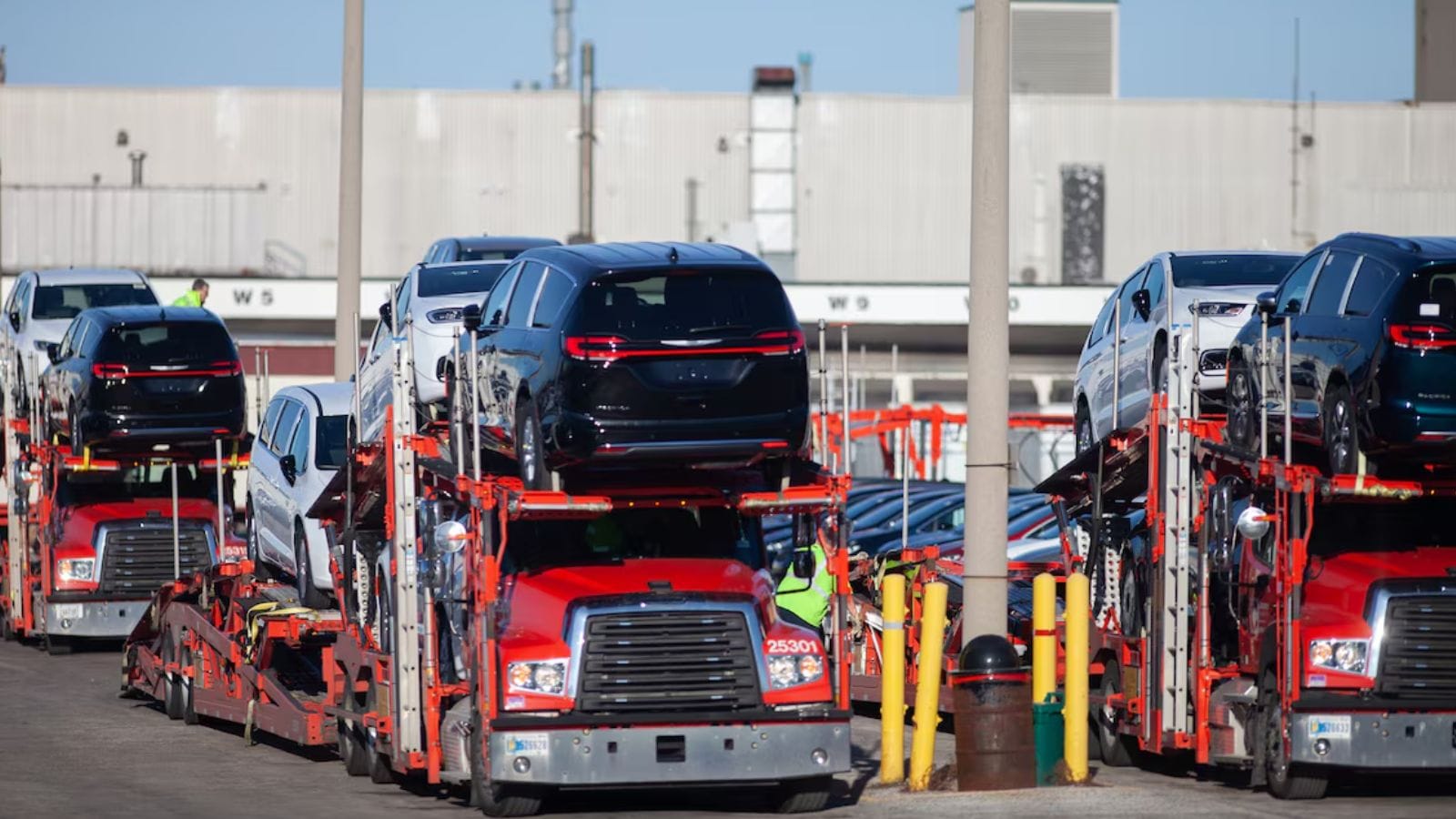
Vehicles built in Canada may also be subject to U.S. tariffs if they are made from parts that originate in countries not covered under trade agreements or if they fail to meet regional content thresholds. The rules under the CUSMA agreement require vehicles to meet a minimum percentage of North American content. If they fail to do so, they may face import duties when sold across the border, which can complicate cross-border trade and affect Canadian automotive exports.
Tariffs Always Raise Car Prices

Tariffs can contribute to the price increase for cars, but automakers may take steps to mitigate the impact. Some companies may absorb costs, reroute production, or negotiate better supply deals to offer consumers better costs. Competition in the auto market can also encourage price stability, while dealerships offer promotions or discounts that help keep cars affordable even amid tariff changes. Although the tariffs add pressure to the industry, they are only one factor influencing final car prices in Canada.
Tariffs Protect Canadian Automakers

The tariffs are intended to shield domestic manufacturers but can unintentionally harm them as the costs of essential components rise. Many Canadian automakers rely on global supply chains, and the tariffs on auto parts can significantly inflate production expenses, making Canadian vehicles less competitive in global markets. The tariffs could also introduce inefficiencies, slow innovation, and discourage international investments, which can cause more harm than good for Canadian automakers.
All Tariffs Are Permanent
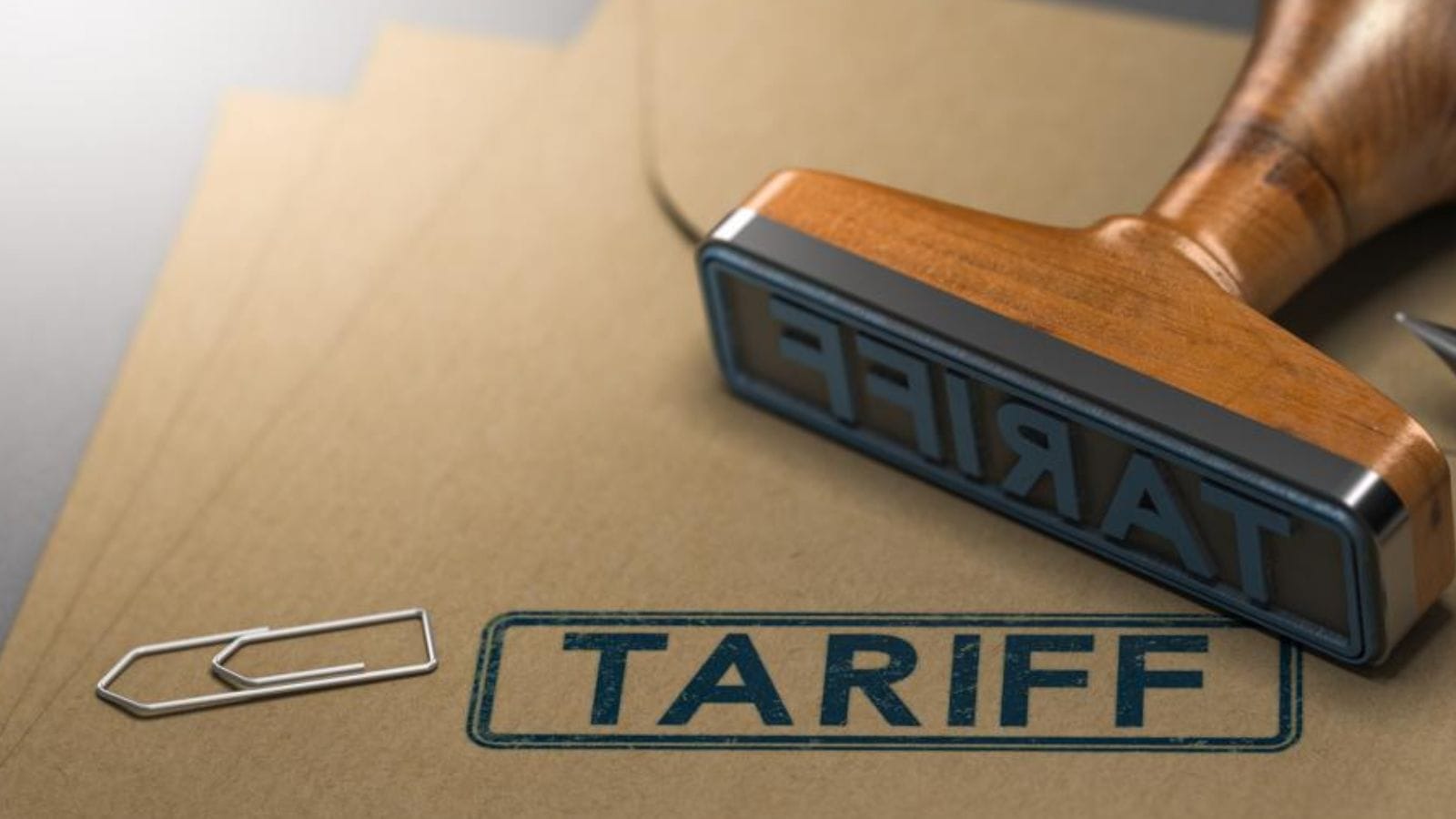
Tariffs are often subject to changes caused by political and trade negotiations. Governments can impose temporary tariffs as leverage during disputes and lift them once agreements are reached. Canada and the U.S. have imposed and lifted tariffs on steel and aluminum multiple times, demonstrating that they are not permanent. Canadians need to remember that tariffs are not permanent and can shift quickly depending on the geopolitical climate, trade priorities, or changes in the administration.
Buying Domestic Always Avoids Tariff Impacts

This is a common myth that many Canadian consumers think to be true when it isn’t. Cars assembled in Canada may contain parts from abroad, like electronics, tires, or engines, subject to tariffs. These costs have the potential to be passed on to the consumers, even if a car is technically domestically produced. Modern global supply chains mean that very few vehicles are entirely Canadian-made. Consumers who want to avoid tariff hikes must research where the car is made, and its parts come from.
U.S. Tariffs Don’t Affect Canadian Consumers

The integrated nature of North American auto production means that U.S. tariffs can also impact Canadians. Many parts and assembled vehicles cross the border multiple times before reaching showrooms, which means that U.S. tariffs on Canadian goods or parts can also disrupt production schedules, raise supplier costs, and ultimately increase vehicle prices in Canada as manufacturers adjust supply chains to accommodate new trade barriers.
Auto Tariffs Help Create Jobs

The idea that tariffs revive domestic jobs is only partially true. While specific sectors temporarily benefit from the tariffs, overall job growth is not guaranteed. Tariffs can raise production costs and force manufacturers to downsize, automate, or shift production to lower-cost countries, which can threaten the Canadian workforce. Instead of protecting jobs, these tariffs can create more uncertainty, reduce long-term investments, and impact the stability of Canada’s automotive industry.
Auto Parts and Vehicles are Always Taxed the Same
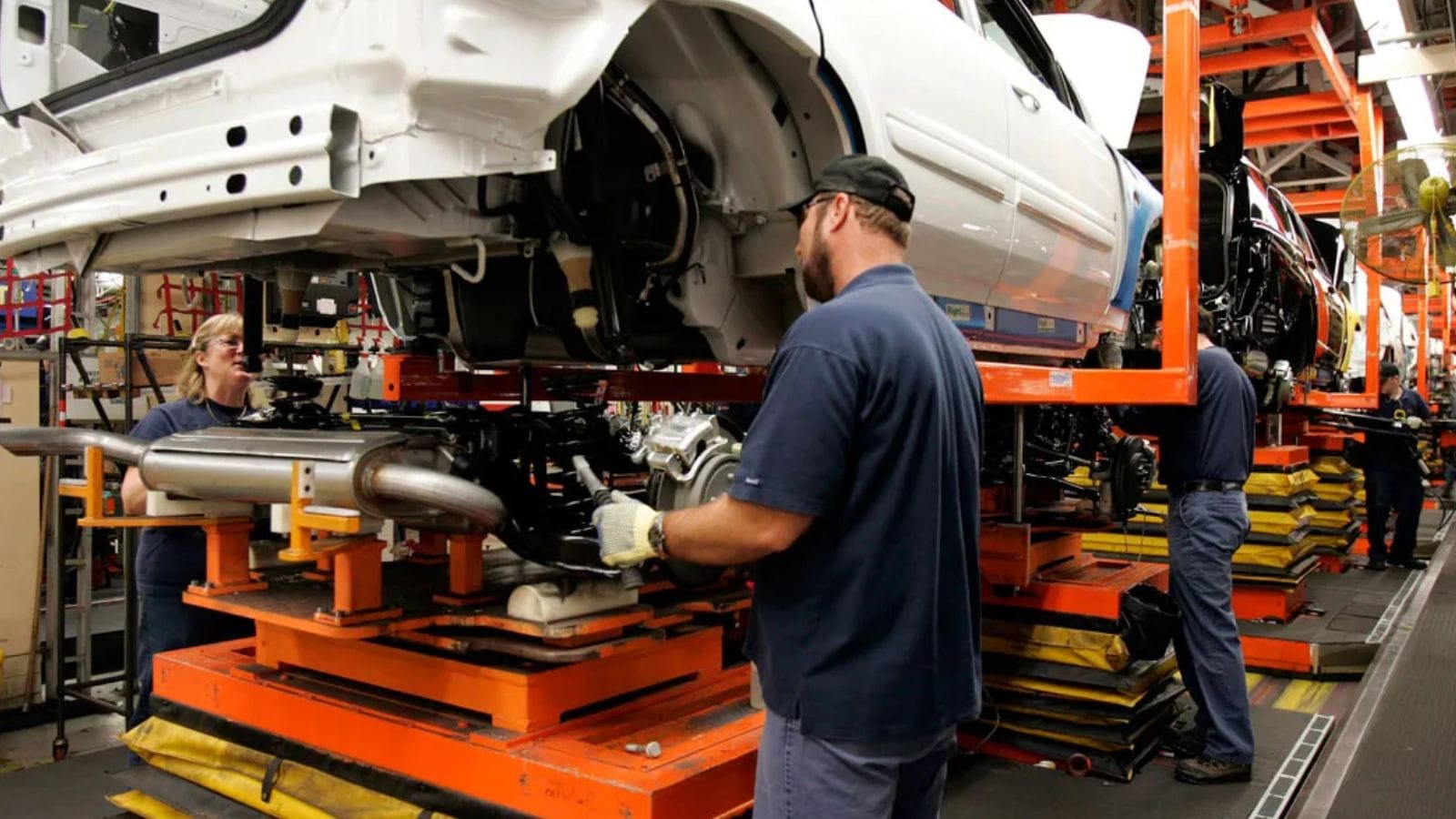
The tariffs often vary by product type, meaning a finished car can face different tariffs from its components. An assembled car might benefit from tariff exemptions under trade deals, but imported parts like transmissions and computer chips may not. This creates discrepancies that complicate the tariff landscape, making it more difficult for consumers to gauge the actual cost of a tariff’s impact. Understanding how tariffs differ across vehicle types and components can be key to grasping their full economic impacts.
Tariffs are the Main Reason for Car Price Increases

The tariffs play a crucial role in price hikes in the automotive industry, but are not the primary driver. Factors like inflation, supply chain disruptions, semiconductor shortages, and rising production costs can all contribute to rising vehicle prices. Many Canadian consumers overlook these other factors and attribute increases solely to tariffs, simplifying a more complex picture of the automotive industry and how consumer pricing works.
Canadian Dealers Profit from Tariff Hikes

Many Canadians assume that car dealerships benefit from higher prices due to tariffs, but this is rarely true. Dealers often face slimmer profit margins as car prices rise because they must stay competitive. Increased prices can also reduce customer demand, which makes it harder for dealers to move inventory. Most car dealerships strive to offer discounts or incentives to maintain sales, so they may not profit from tariff-induced inflation.
Canada Controls All Vehicle Tariffs Independently

Although Canada sets its tariff policies, many trade rules are influenced by international trade agreements like the CUSMA and the WTA. These deals include conditions and obligations Canada must follow, affecting Canada’s ability to impose or adjust tariffs. The tariffs that Canada imposes are often limited by the frameworks of these agreements, which reduces its independence in setting unilateral trade barriers in the auto industry and beyond.
Tariffs Encourage Innovation in the Auto Sector
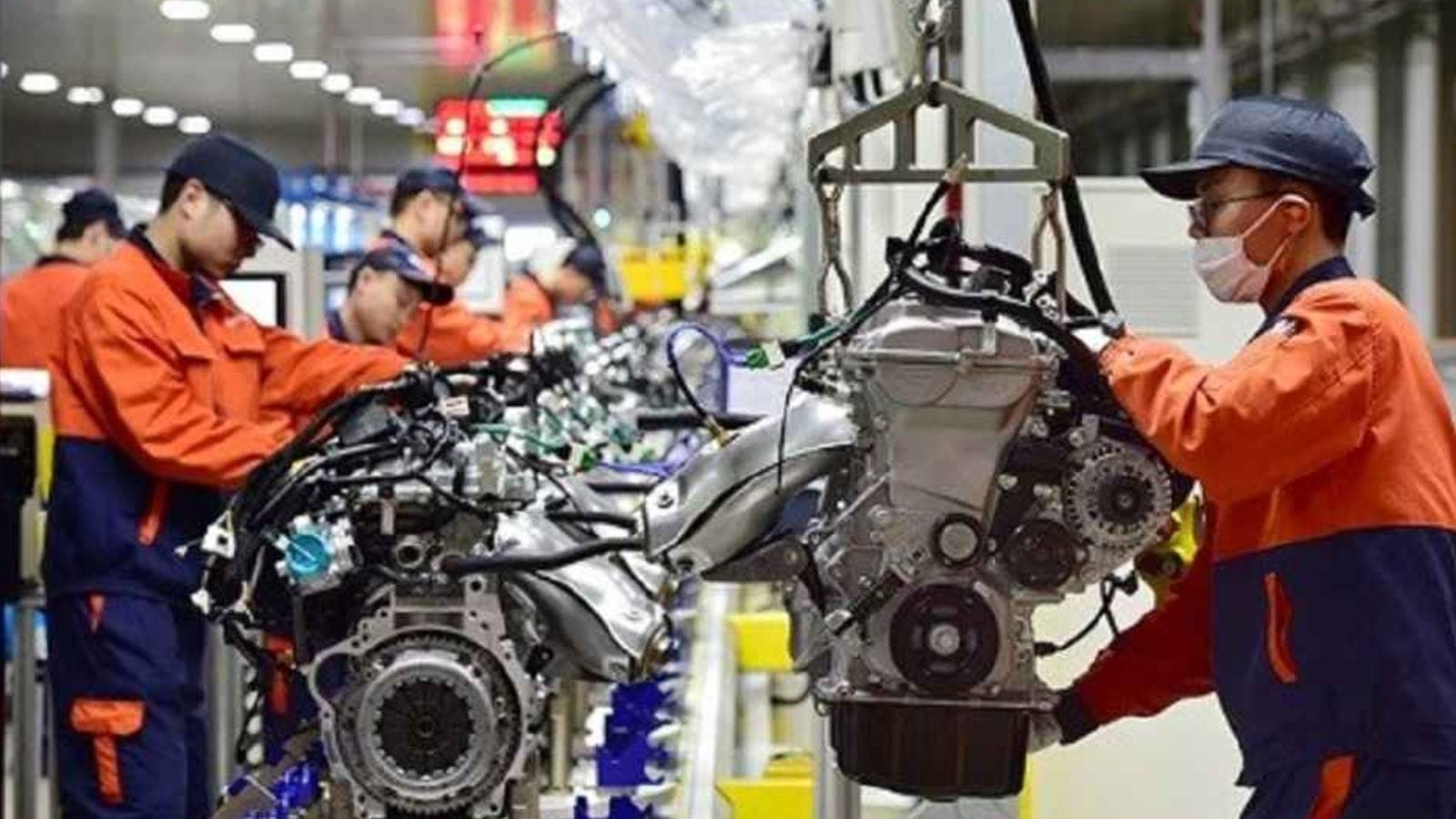
It is a common misconception that tariffs can prompt local innovation by shielding companies from foreign competition. However, the tariffs often stifle innovation because they reduce pressure to improve and limit access to advanced technologies and parts from abroad. Innovation often thrives in open and competitive environments where manufacturers are encouraged to evolve rapidly. Still, the existence of the tariffs can lead to complacency or increased costs, which hinder long-term development and competitiveness.
EVs are Unaffected by Tariffs
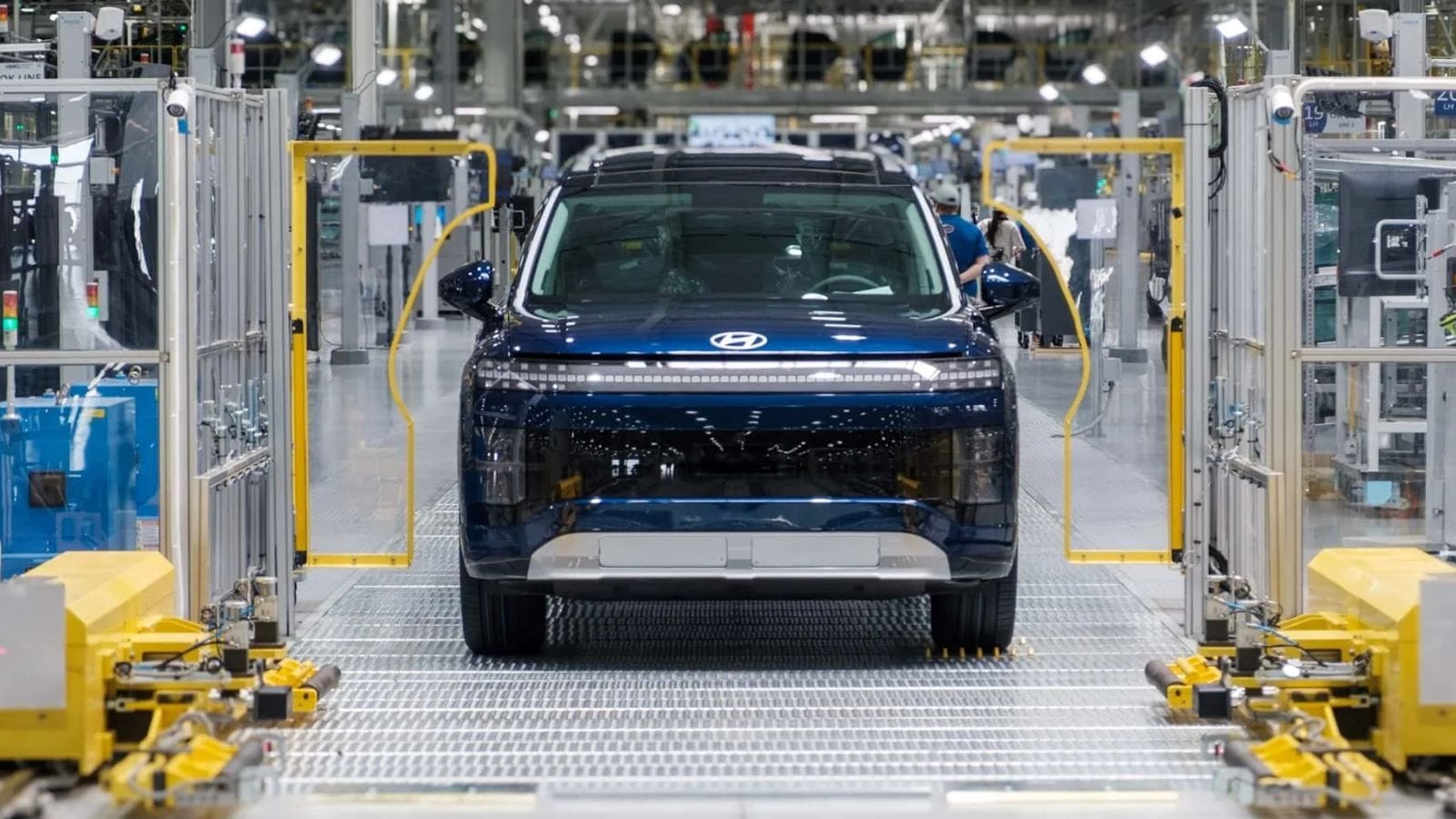
While Canada is moving toward a greener future and supports the transition to electric vehicles, tariffs can disrupt the complete transition because these vehicles are not immune. EVs face the same or even higher tariffs than gas-powered cars, depending on where the batteries and components are sourced. These vehicles often rely on materials from Asia, and trade disputes within the region can lead to cost spikes. Canadian consumers looking to switch to electric vehicles should be aware that tariffs can impact the pricing and availability of EVs.
All Tariff Costs are Passed to Consumers

Consumers will likely bear some of the increased costs caused by the auto tariffs. However, automakers and dealerships also absorb some of these costs to stay competitive. Companies may adjust pricing structures, cut internal costs, or reduce profit margins to keep sales strong. This means that the full burden of the tariffs doesn’t always fall on the buyers. Auto dealers and businesses often walk a fine line between maintaining market share and managing expenses to ensure that they continue to grow and make sales.
Only New Cars are Affected by Tariffs

Tariffs more directly impact new cars, but used cars can also experience price increases, making old cars more expensive. If new models become more expensive, demand for used cars can rise, increasing prices. Used cars that are imported are also likely to be subjected to certain duties, which means that buying new or used cars can come with higher prices caused by the ripple effects of changing tariff policies.
Tariffs Don’t Affect Parts and Repairs
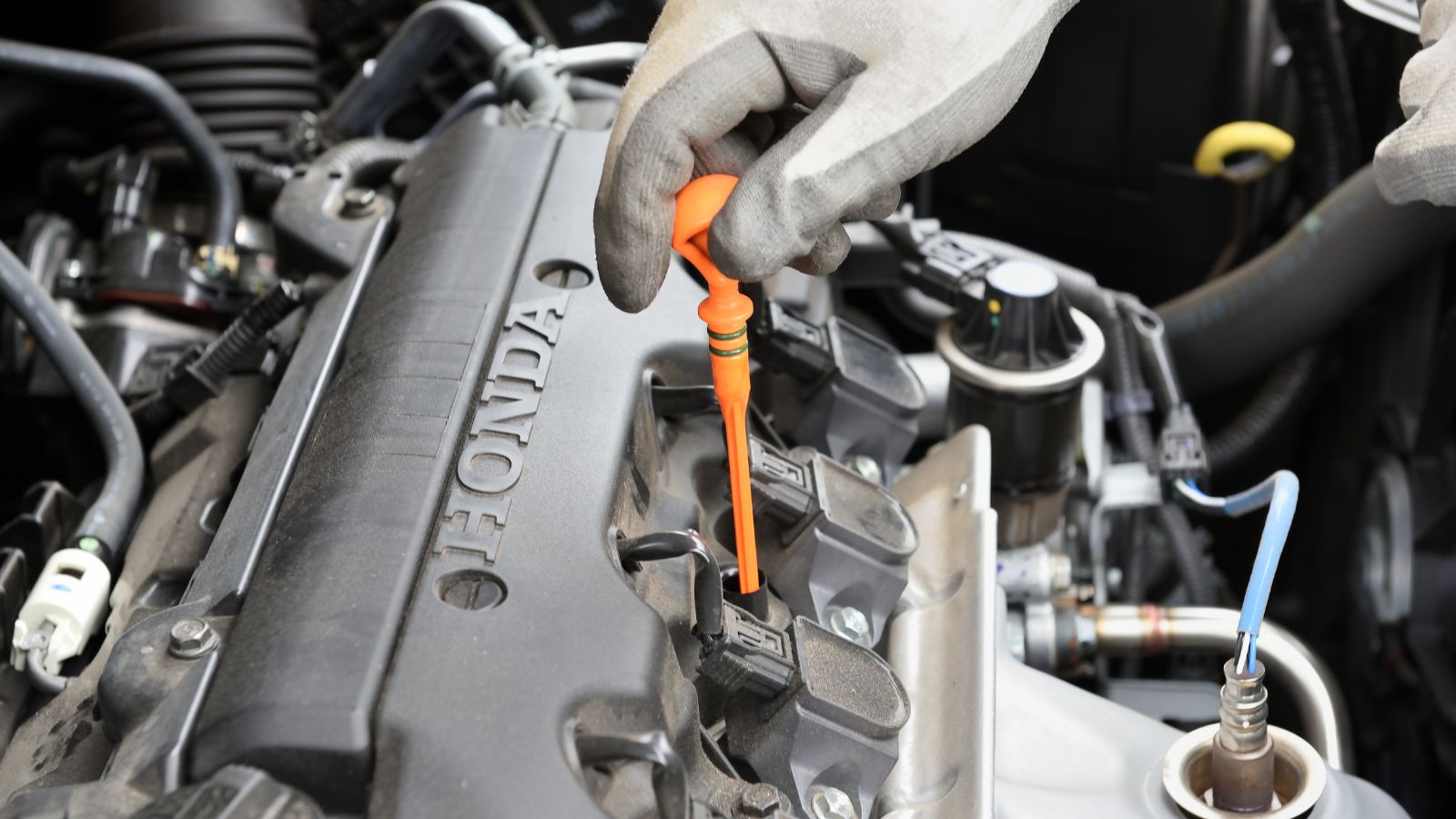
The tariffs on imported car parts can significantly raise repair and maintenance costs. Auto shops may have to pay more for replacement components like sensors, body panels, or engine parts, especially if they are sourced from non-trade agreement countries. The higher costs of these parts are often passed on to customers, making vehicle upkeep more expensive. Canadian car owners must remember that the tariffs impact initial purchases and the total cost of vehicle ownership over time.
Domestic Automakers Benefit Uniformly from Tariffs

Not all Canadian automakers benefit equally from tariffs. Larger firms with global supply chains may suffer from restricted access to international components. At the same time, smaller manufacturers could see gains if tariffs reduce competition for foreign brands, but this may not always be true. The benefits and drawbacks of the tariffs are unevenly distributed across the sector and often depend on each automaker’s structure, sourcing strategies, and export dependencies.
Tariffs Only Impact Direct Imports

Although the tariffs heavily impact direct imports, they can also indirectly impact vehicles not directly imported from high-tariff countries. The disruptions in the global supply chains caused by the tariffs can raise the cost of materials and production worldwide, and automakers respond by adjusting prices across their lineup. Canadian-built cars can also witness higher prices if their components are affected by the tariffs, showcasing the interconnectedness of the entire industry and the tariffs.
Only Automakers Lobby Against Tariffs
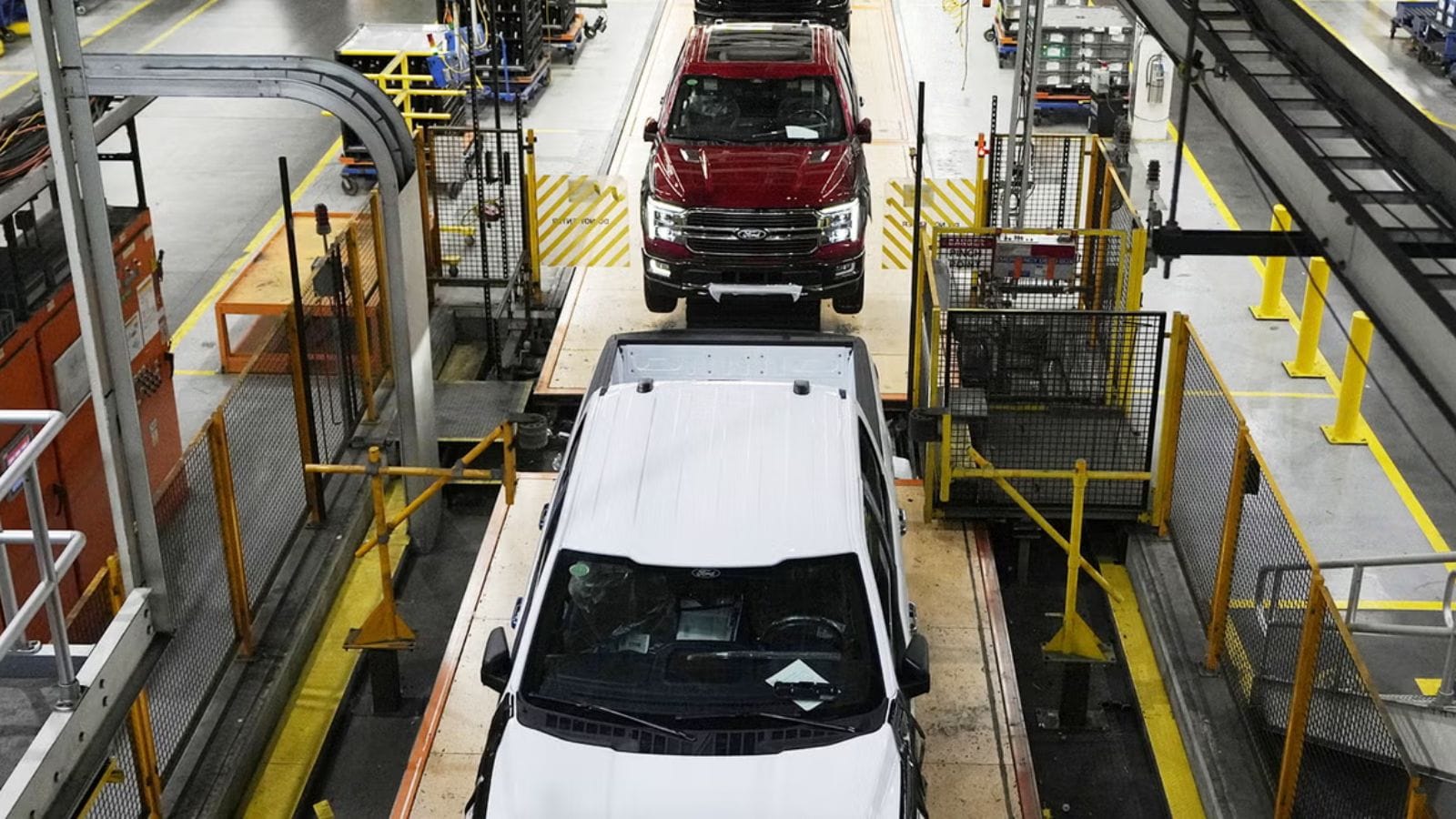
Auto manufacturers have been vocal about their concerns over the tariffs, but so have other stakeholders like suppliers, dealers, unions, and consumer groups. These individuals lobby to prevent or reduce the tariffs because they affect the entire automotive ecosystem. They also understand the risks that the tariffs pose to pricing, employment, and long-term competitiveness and, therefore, work together to push back against the tariffs that affect the entire industry.
The Average Canadian Can’t do Anything About the Tariffs

This is another common misconception shared by consumers. Although they cannot directly control trade policies, they can significantly influence change through buying habits, advocacy, and participation in political processes. Canadians can shape public discourse about the tariffs by supporting local manufacturers, staying informed, and voicing their concerns to representatives. Consumer awareness and action play a significant role in shaping trade policies, which makes them essential in the economy.
18 Budget-Friendly Electric Cars That Last Longer Than Their Loans — Economical Electrics

Electric vehicles are no longer a luxury for the elite—they’re a smart investment for the everyday driver. With manufacturers stepping up to the plate, affordable EVs now deliver on reliability, range, and modern comforts. Here’s a look at 18 economical electric cars engineered to outlast their payment plans.
18 Budget-Friendly Electric Cars That Last Longer Than Their Loans — Economical Electrics
